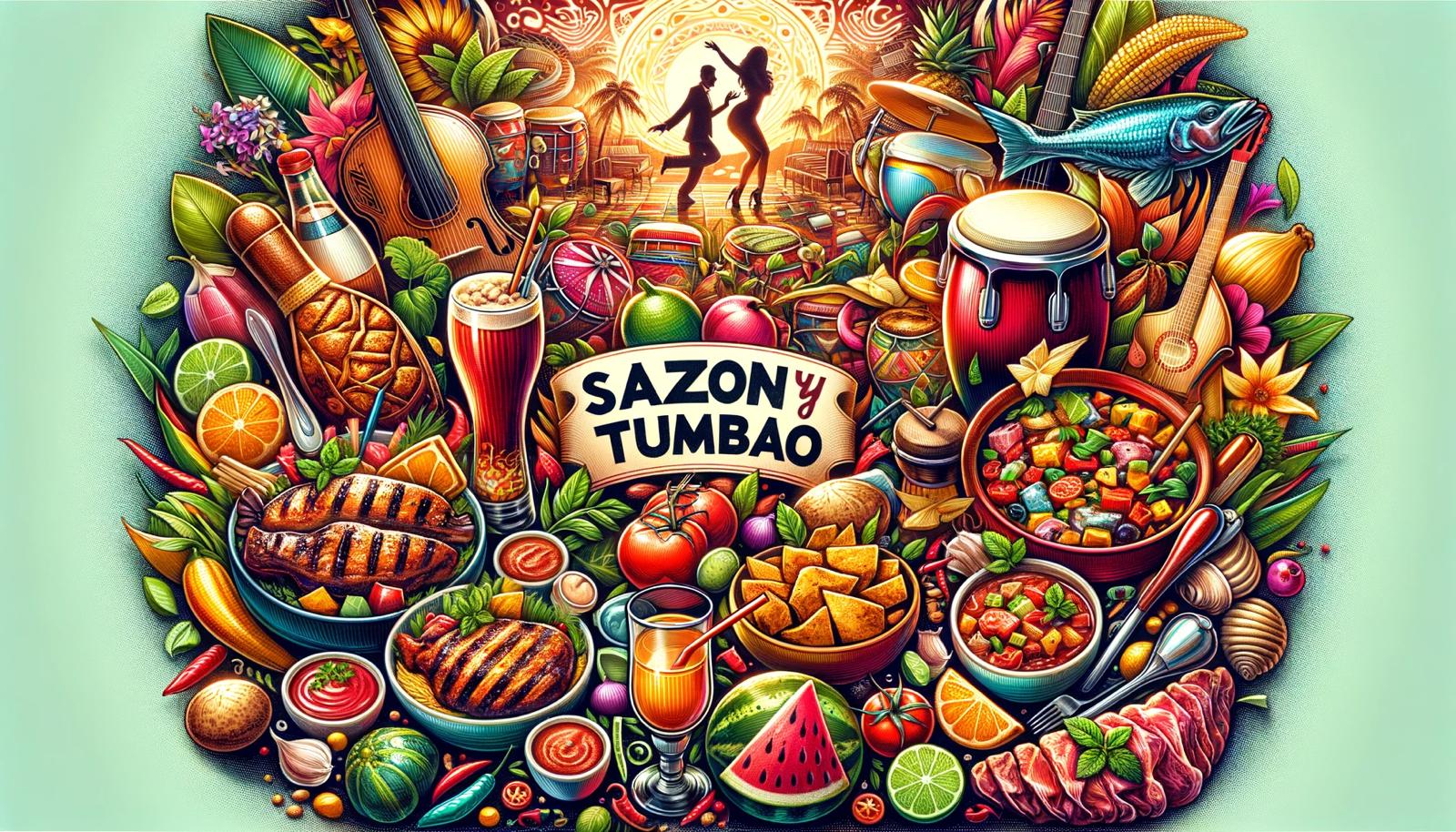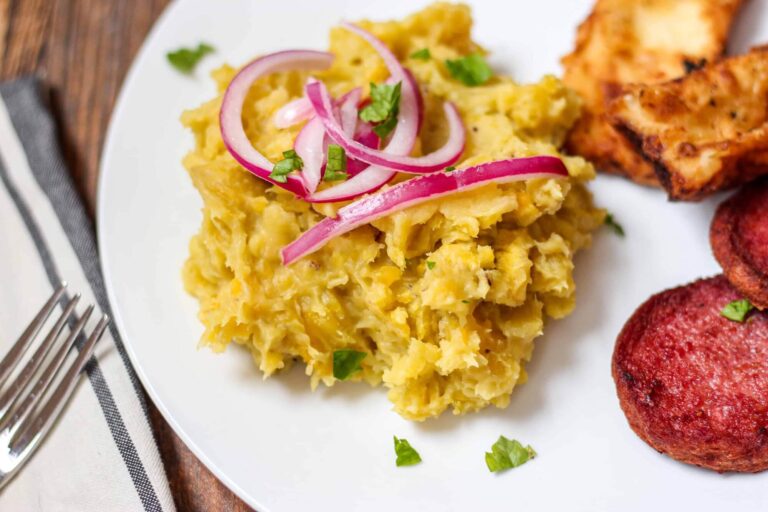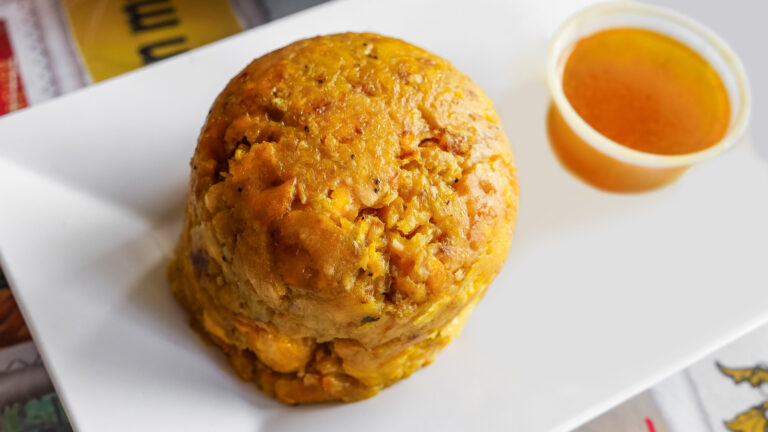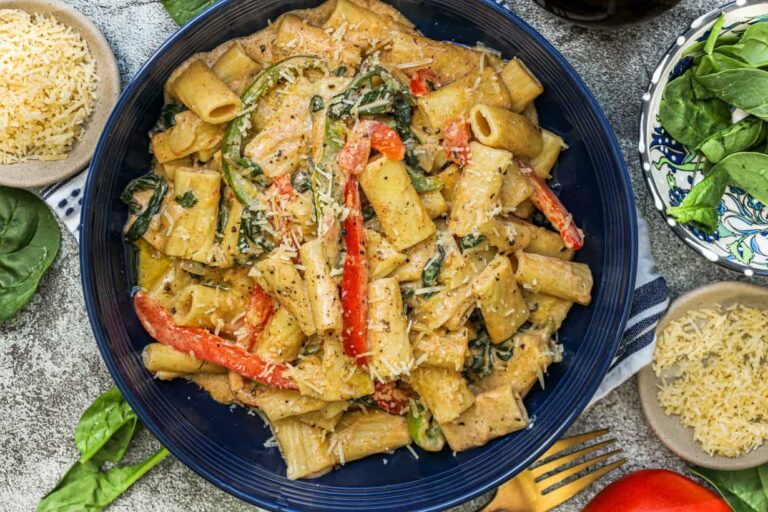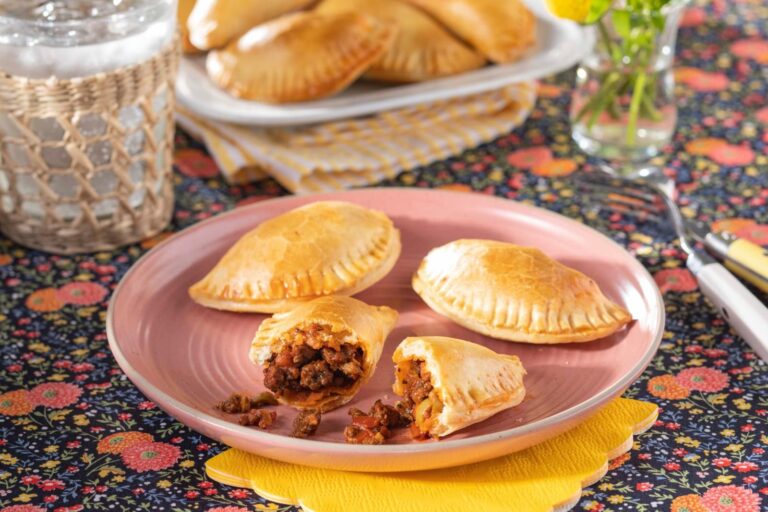Caribbean cuisine is bold, vibrant, and unforgettable—and at the heart of every dish are the spices and herbs that bring it to life.
You can’t talk about Caribbean food without talking about allspice, Scotch bonnet peppers, thyme, garlic, ginger, and countless other flavor boosters.

This guide will take you on a deep dive into the essential Caribbean spices and herbs, their origins, their uses, and how to master them in your own kitchen.
A History of Caribbean Spice Culture
Global Influence in Every Pinch
Caribbean cuisine is a melting pot of cultures, flavors, and histories. The region’s spice culture evolved from:
- Indigenous Arawak and Carib tribes
- African culinary traditions
- European colonization
- Indian, Middle Eastern, and Chinese migration

Every group brought new ingredients and cooking methods, creating the rich, spicy tapestry of Caribbean food we know today.
The Spice Trade and Colonial Legacy
During the colonial period, the Caribbean was at the center of the global spice trade.
European powers competed to control islands not just for sugar and rum, but also for access to spices like nutmeg, cinnamon, and pepper.
This history is why Caribbean cooking blends so many global spices in unique ways.
Commonly Used Spices in Caribbean Cooking
Allspice: The Quintessential Caribbean Spice

Also known as pimento, allspice is native to Jamaica and one of the most important spices in the Caribbean kitchen.
Flavor Profile:
Warm, sweet, peppery, and slightly clove-like.
Uses:
- Core ingredient in Jerk Seasoning
- Added to stews, soups, and marinades
- Used in baking (spice cakes, rum cakes)
Scotch Bonnet Peppers: The Heat of the Caribbean
No Caribbean spice list is complete without the famous Scotch bonnet pepper.
Flavor Profile:
Incredibly hot (100,000–350,000 Scoville units) but fruity and sweet underneath the heat.
Uses:
- Jerk marinades
- Pepper sauces
- Stews, soups, and rice dishes

Nutmeg and Mace: Aromatic and Sweet

Nutmeg and its less-known cousin mace are used in Caribbean desserts and savory dishes alike.
Uses:
- Grated into sweet breads and cakes
- Added to creamy drinks like coquito
- Used in savory sauces and rice dishes in Grenada (known as the “Island of Spice”)
Curry Powder: The Indian Influence
Curry powder was introduced to the Caribbean through Indian indentured laborers and is now essential in:
- Curry Goat
- Curry Chicken
- Doubles (Trinidad)
Caribbean curry blends differ from Indian curry powders—lighter, more turmeric-forward, less spicy.

Black Pepper, Paprika, and Clove

Though not native to the Caribbean, these spices were brought by European colonizers and became staples.
Uses:
- Black pepper and paprika in marinades
- Cloves in baking, rum punch, and stews
Essential Herbs in Caribbean Dishes
Thyme: The Backbone of Caribbean Flavor
Fresh or dried, thyme is used in nearly every Caribbean recipe.
Uses:
- Rice & peas
- Soups and stews
- Marinades and jerk seasoning

Culantro vs. Cilantro: Know the Difference
Culantro (not to be confused with cilantro) has a stronger, more pungent flavor and is used in:
- Green seasoning (Trinidad)
- Soups and broths
- Stews and curries
Cilantro is often used in salads and garnishes but is milder.

Credits to The Chef & The Dish
Green Onions (Scallions)
A key ingredient in:
- Jerk seasoning
- Rice & peas
- Soups and curries
They provide a mild, sweet onion flavor.

Parsley, Basil, and Bay Leaves

European herbs like parsley and basil found their way into Caribbean kitchens, while bay leaves are used to enhance broths and rice dishes.
Spice Blends and Marinades: The Caribbean Secret Weapons
Jerk Seasoning: A Flavorful Fusion
Key Ingredients:
- Scotch bonnet peppers
- Allspice
- Thyme
- Garlic
- Ginger
- Brown sugar
- Green onions
- Vinegar

This blend originated with the Maroons (escaped African slaves) in Jamaica who used spices and smoking techniques to preserve and flavor meat.
Green Seasoning: The Caribbean’s Magic Sauce

Made by blending fresh herbs and aromatics like:
- Culantro
- Cilantro
- Thyme
- Scallions
- Garlic
- Lime juice
Used to marinate everything from fish to vegetables.
Caribbean Curry Blends
Each island has its own unique curry blend.
In Trinidad, curry is often mixed with amchar masala, roasted cumin, and garam masala.
In Jamaica, curry blends are turmeric-heavy with mild heat.
Sourcing and Storing Caribbean spices and herbs
Where to Find Caribbean Spices
You can source Caribbean spices from:
• Local Caribbean markets
• Ethnic grocery stores
• Online specialty shops
Look for brands like Grace, Chief, Badia, and Island Spice.
How to Store Spices and Herbs

Dry Spices:
- Store in airtight containers
- Keep away from sunlight and heat
- Replace every 6-12 months for maximum potency
Fresh Herbs:
- Refrigerate in damp paper towels
- Or blend into green seasoning and freeze
Cooking Tips: How to Use Caribbean Spices Properly

Layer Your Spices
The best Caribbean dishes use layers of flavor:
- Season meat with dry spices.
- Marinate with green seasoning.
- Add fresh herbs during cooking.
- Finish with fresh aromatics and acid (lime juice, vinegar).
Don’t Be Afraid of Heat
Scotch bonnet peppers are hot, but when balanced with sweet, sour, and savory elements, they create unforgettable flavor.
Tip: Always taste and adjust spice levels to your preference.
Fresh is Always Better
Whenever possible, use fresh thyme, scallions, and culantro. Fresh herbs bring brightness that dried versions can’t match.
Final Thoughts
Caribbean spices and herbs aren’t just ingredients—they’re a reflection of history, migration, survival, and celebration.
They tell the story of Indigenous knowledge, African resilience, European colonization, and global fusion.
When you cook Caribbean food, you’re not just seasoning your dish—you’re keeping centuries of tradition alive.

So next time you reach for that bottle of allspice or handful of thyme, remember:
You’re cooking with the soul of the islands.
Disclosure: Our blog contains affiliate links to products. We may receive a commission for purchases made through these links. However, this does not impact our reviews and comparisons. We try our best to keep things fair and balanced, in order to help you make the best choice for you.
